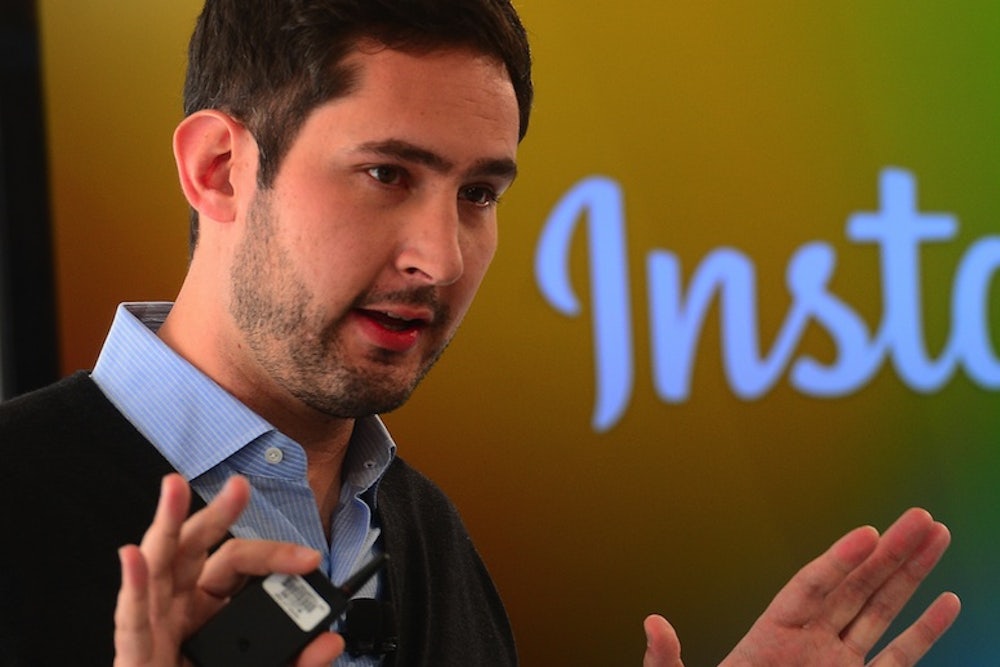Today, Instagram announced the immediate introduction of something called "Instagram Direct." It's not, as I hoped for a brief delerious moment, a grocery service that would make all those food pictures incarnate. It's a way to send direct message photos, to a single person or a smaller group of people, rather than posting it so that all your followers can see it. “It’s not about spamming everyone you know,” said Instagram founder Kevin Systrom. “It’s about sharing a moment with your friends.”
Of course, there already exists technology that allows you to share "a moment" with your friends. You can text a picture, or email it, or even pass your camera's stored photos over to your friend the next time you hang out together. But that's precisely what makes Instagram Direct interesting. The service is gambling (probably correctly) that people crave the chance to carve out private space online. It's a shift away from the public-broadcasting instinct that drove the creation of so many social networks just a few years ago. For years, the social Internet seemed determined to strip away the possibility of privacy. Now, it seems to be reversing course. Instagram Direct is just the latest such indication.
The very idea behind Snapchat (though not precisely a social network) is this impulse for digital intimacy. Twitter will only allow two people to privately message one another if each was following the other. Facebook allows private groups and is constantly allowing for increasingly baroque gradations of privacy settings. Google Plus understood this need from the beginning, allowing you to sort your contacts into circles like "family," "friend," and acquaintance. More extreme still is the South Korean app called "Between" that Lauren Collins wrote about recently in the New Yorker. You can only have one contact on it, your romantic partner. Together, you privately chronicle the unfolding of the relationship, a digital scrapbook for an era in which cutting-and-pasting is too much effort but uploading is easy.
So why would people want to use a separate app for something like this? Maybe convenience, coupled with the creeping realization in the post-Edward Snowden era, that email and phone aren't really any more private than anything else that involves electronic communication. Maybe novelty. Maybe a backlash against all that oversharing and saturation and exposure. Maybe all of the above. Or maybe it's the same reason you might touch someone's leg under a crowded table, just as simple as the frisson of doing something private in public.
Correction: A previous version of this post incorrectly stated that Twitter now allows anyone to message one another. That feature was briefly introduced but rolled back.
